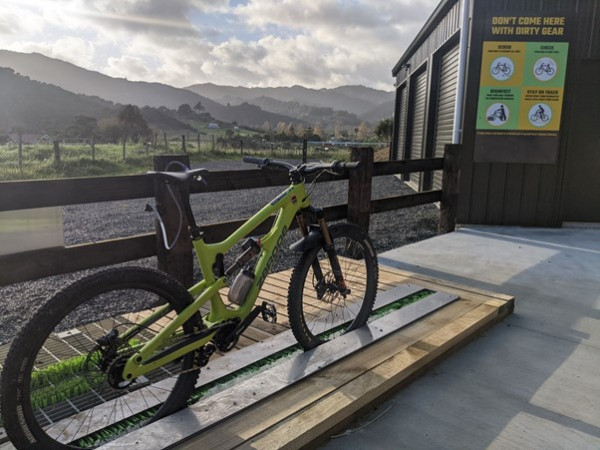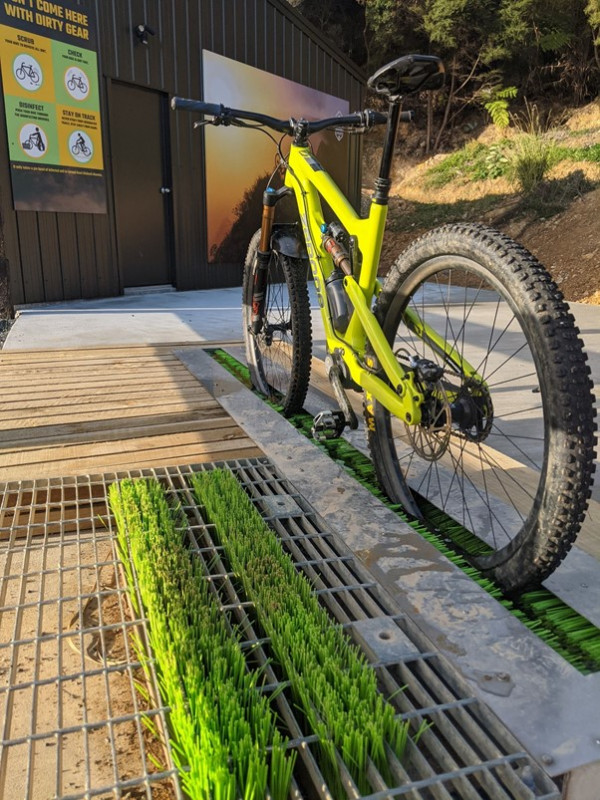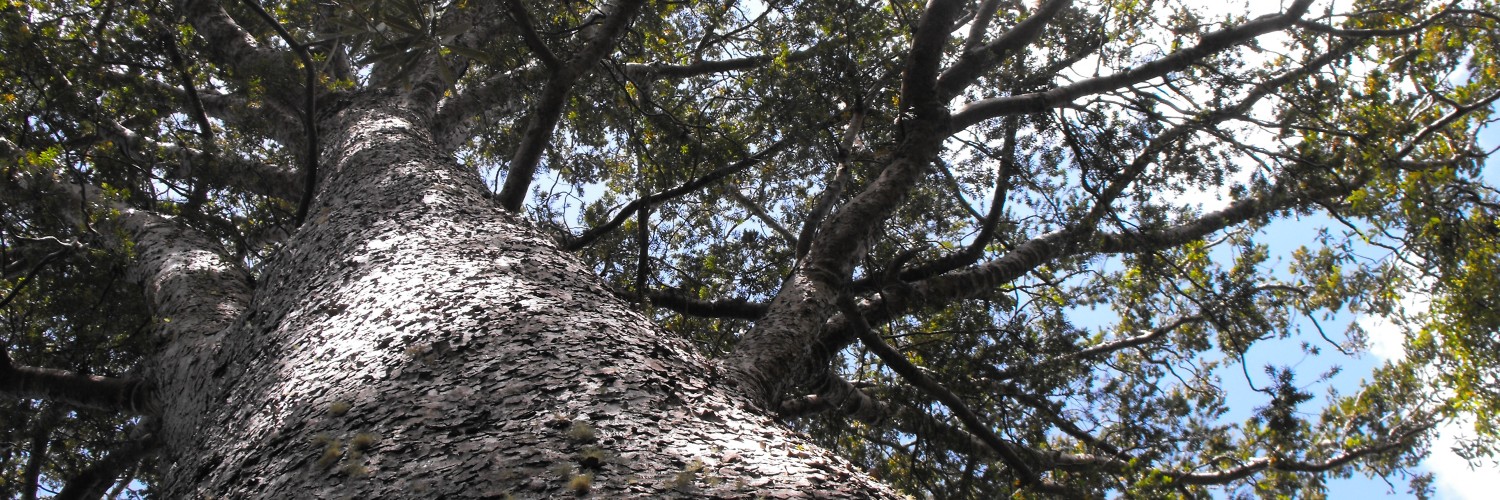Filter by Date:
Regional field advisors
Contact an advisor to investigate or negotiate public outdoor access.
Pocket Maps
Get the app to take our maps with you just about anywhere.
How to save our Kauri trees
Posted under: News from the field
Published 22 June 2021
Kauri trees are the world’s mightiest trees. They can live over 2000 years, grow over 50 metres tall and have trunk girths as big as 16 metres, but these giants are being jeopardised by Kauri dieback.
Kauri dieback is a microscopic fungus-like pathogen called Phytophthora agathidicida that kills most, if not all Kauri it infects. People are the number one spreader of the pathogen, as it can survive for six years on footwear or equipment.
To save our giants of the forest, Ride Coromandel collaborated with Department of Conservation Kauri Dieback Rangers to ensure the two newly designed trails at the Coromandel Bike Park limit the spread of soil. This ensures mountain bikers and riders come to the park clean and leave even cleaner.
Ally Davey from Ride Coromandel says, “I think it’s really important that people understand it’s a real privilege to be able to ride near Kauri, and every person needs to take the risk of soil movement seriously. From the beginning, as a track designer, it’s imperative to consider the forest, the rider, the next generation and how we can create empathy with the forest and the riders and also protect these taonga for the future generations.”
Ride Coromandel has designed the first bike-specific wash station to ensure riders have a fun and easy experience when cleaning bike wheels and sterilising tyres. This reduces any transfer of pathogens at the entry to the trail. Davey says, “It’s not an expensive set-up but it’s going to be a game-changer for people having access to these areas ... It's like putting on your deodorant in the morning, it’s just second nature.”
The track design included GPS tracking and recording the location of each Kauri tree to measure an allowance for safety and future tree growth before the trail was flagged.

The track was also made to stay on the downside and ten metres away from the kauri root source as kauri dieback spores can’t move uphill easily.
A kauri dieback free specific gravel was also used to limit the soil movement around the trail. This allows soil to be dropped off on the trail and left on site.
A single point of entry and exit onto the track also means users need to go through the stations to enjoy the public access.
It’s also important that users stay on the track to stop the potential spread of infected soil or pathogen.
The trails take cyclists through the base of kauri forests. Therefore, riders can still see and experience the kauri while also protecting the giants. The trail has been named ‘Rickers Return’ which celebrates the 10000+ young kauri that have been planted in the park.

Images show the bike wash (Sterigene in the wheel bath).
Page last updated: 14 December 2023

